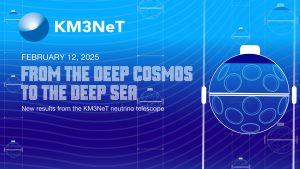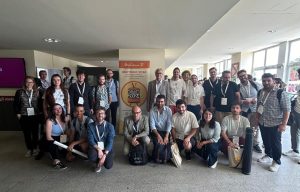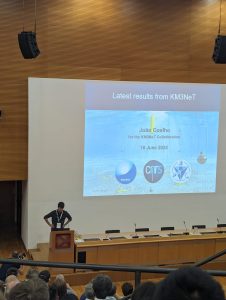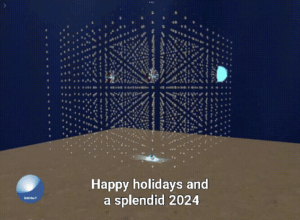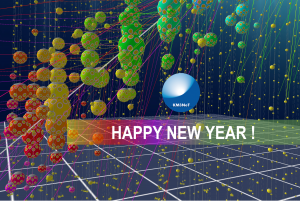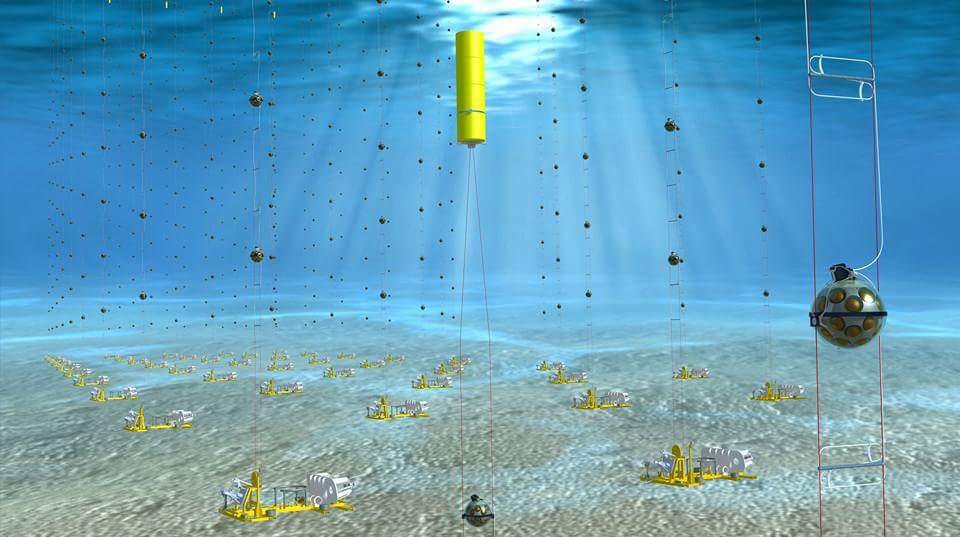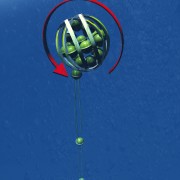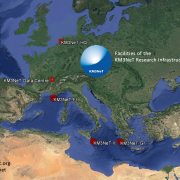9 March 2023 – During the Spring KM3NeT collaboration meeting, the first-ever winners of the Giorgos Androulakis Prize were announced.
With the prize, KM3NeT recognises “exceptional contribution to the KM3NeT project that has a particularly high impact on the success or progress of KM3NeT”.
The prize is named after Giorgos Androulakis, the late KM3NeT Quality Manager, in order to commemorate Giorgos’ dedication to the project. The prize is awarded in two categories: Early-Career Scientists and Technicians & Engineers.
The winners of the KM3NeT Giorgos Androulakis Prize are:
- in the category Early Career Scientists: Tamás Gál of ECAP, “for his prominent role and numerous contributions in the development and maintenance of essential software tools for the Collaboration, like the KM3NeT GitLab server, wiki, elog and online monitoring system, allowing the transformation of the KM3NeT software infrastructure into a modern software system; and for his continued dedication to provide documentation and support whenever needed in the most helpful way”
- in the category Technicians and Engineers: Edward Berbee of Nikhef, “for his incredible set of contributions to all mechanical aspects of KM3NeT, including design, construction and testing of DOMs, DUs, LOMs, his never ending work and tireless dedication to the experiment”
Congratulations to Tamás and Edward! With many thanks for your dedication to KM3NeT.
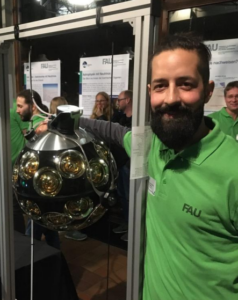

The winners of the Giorgos Androulakis Prize: Tamás Gál (left) and Edward Berbee (right).
